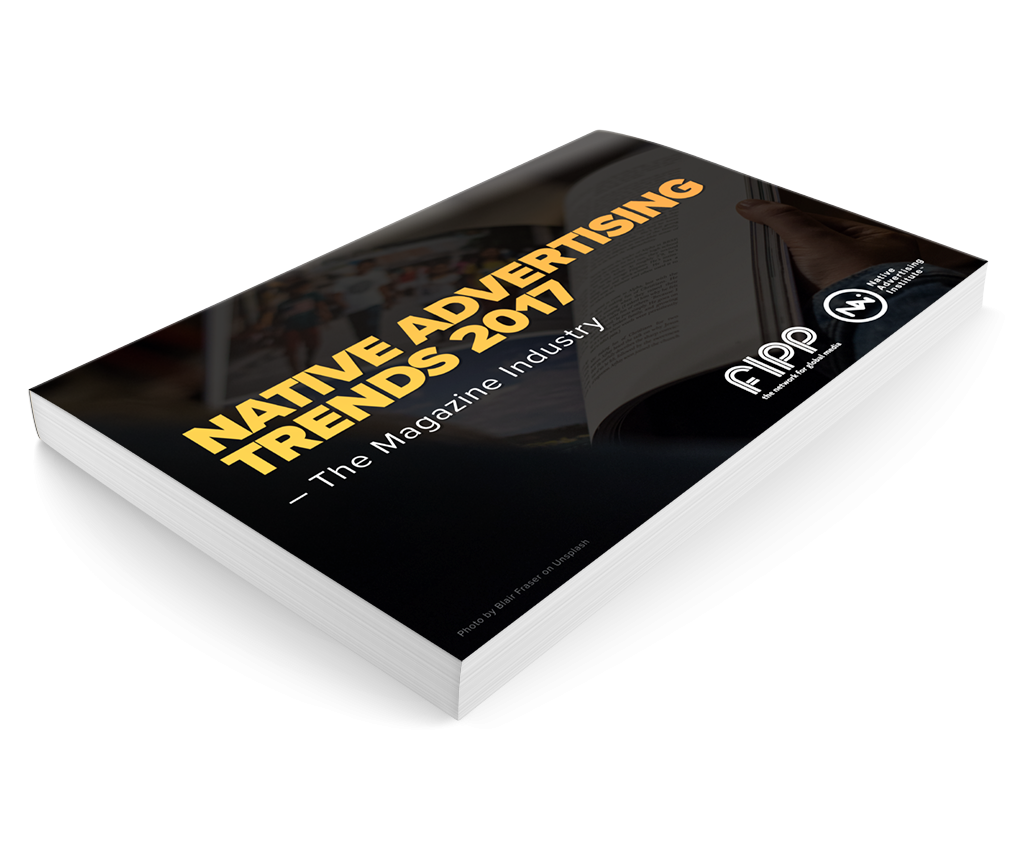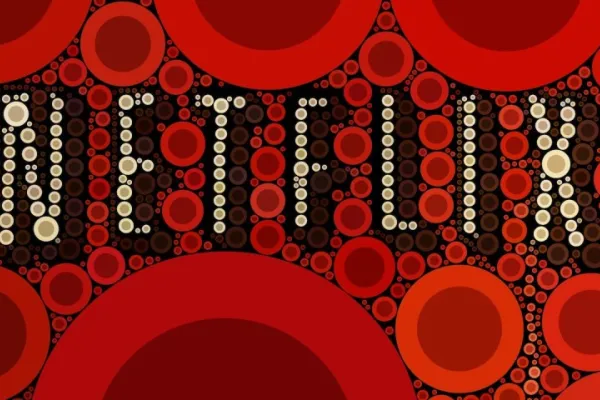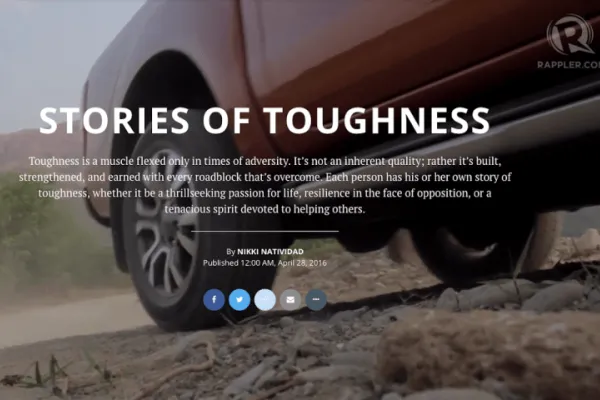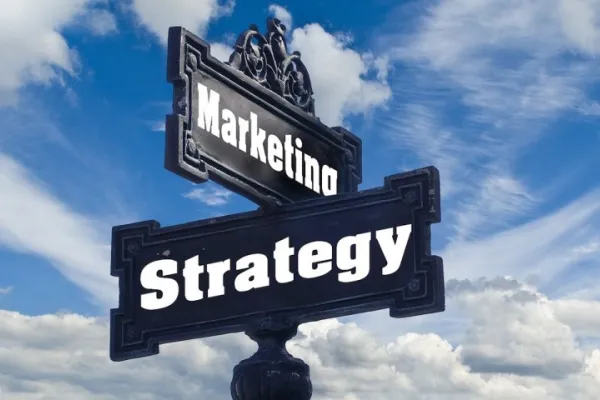 Details
Details
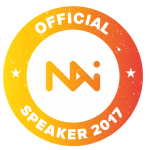
Jonna Ekman is Marketing Manager at KIT, a Swedish online news publisher that has developed the platform Story Engine - a tool that gives recommendations on how to tell a story to get the right effect, based on content data. Ekman was also an official speaker at Native Advertising DAYS 2017.
How does KIT set itself apart from other video offerings in the business?
KIT is a new, Swedish media company in a time where mobile and social media consumption is the norm. We publish primarily on social platforms and constantly seek to add value to our audience in their own social feeds.
During our two first years, we have also developed Story Engine, a unique platform for content creation which today gives our journalists and our clients precise, data based recommendations on how they should create their content for the best effect, from the very first idea to the last distribution item.
This means that our video offer is unique not only because we have tremendously creative people working every day to find the best ways to tell new stories, but we also have a platform that guides them every step of the way.
We also don’t see any signals that this way of telling stories is diminishing. Rather the opposite.
Video is much debated. Some believe it's too hyped, others that it will only continue to grow. What is your view on this debate?
At KIT we always try to steer away from predictions and are more comfortable talking about what we know rather than what we think. We do know, from our own data, that video is a powerful vehicle for telling stories in the context of social media. Both from a reach perspective and in terms of generated consumed hours. We also don’t see any signals that this way of telling stories is diminishing. Rather the opposite.
From a broader perspective, I’d say that enabling video stories to be both produced and distributed by a larger portion of the creative community is a sound and good development for both audience and journalists. The case could be made that video earlier was locked into a walled garden due to steep entrance barriers that are now being removed.
If this will lead to the market being flooded with irrelevant video, the market in the form of the audience will deal with that as audiences do – demand higher quality or stop viewing.
It’s easy to distribute good content, and difficult - or expensive - to distribute bad content.
Facebook can be costly to pay for distribution -- how do you work on making your content less vulnerable to Facebook?
We consider social platforms as the perfect place for content distribution. It is our job to earn our way into our audience's news feeds, and not to try to sell them something they don't want.
Even though the world of algorithms may seem complex and impervious, publishing content on Facebook is in many ways a simple equation: it’s easy to distribute good content, and difficult - or expensive - to distribute bad content. Working with Story Engine enables us to be much more precise when it comes to creating the right story for the right reader – and thus drastically increase the probability of successful distribution.
Video is an extremely effective way to tell many different stories.
Where do you see video going in the coming years when it comes to native advertising?
We see more and more clients asking for video simply because the audience truly engage with the format. Video is an extremely effective way to tell many different stories and therefore we definitely see that video will be increasingly important for our branded content offer.
DOWNLOAD: Native Advertising Trends 2017 - The Magazine Industry
